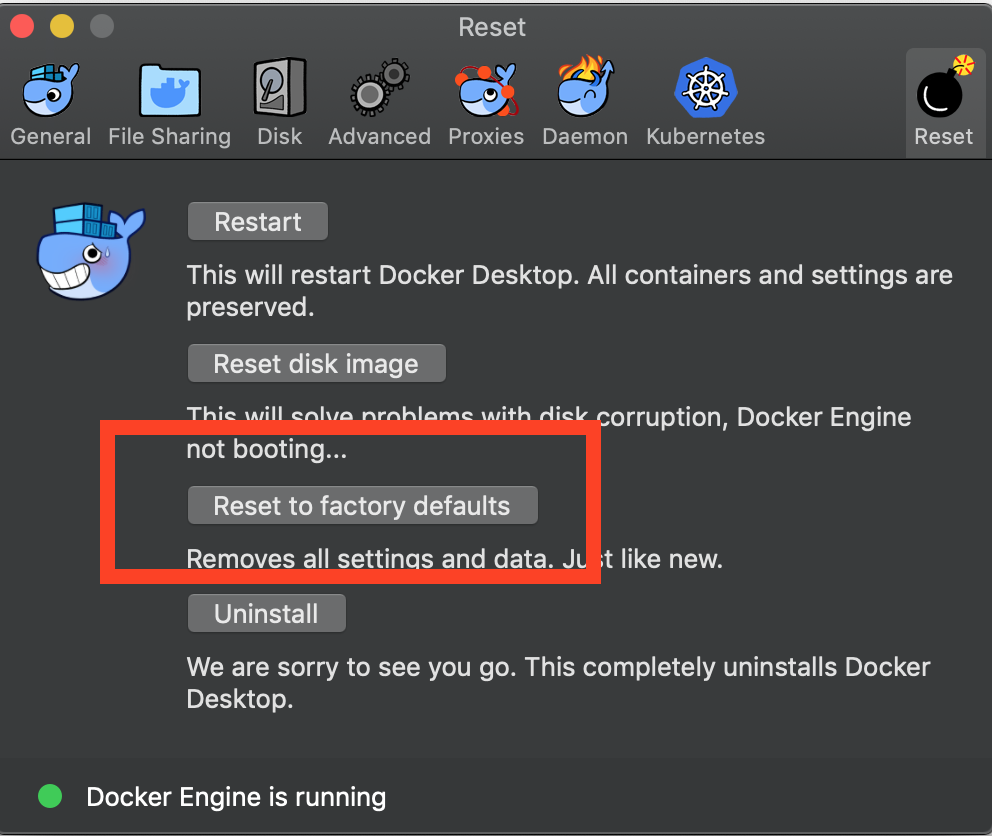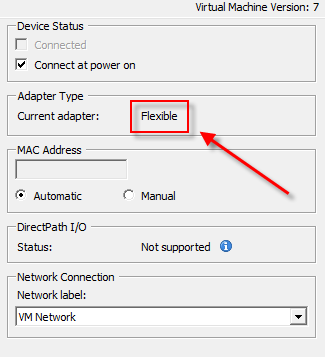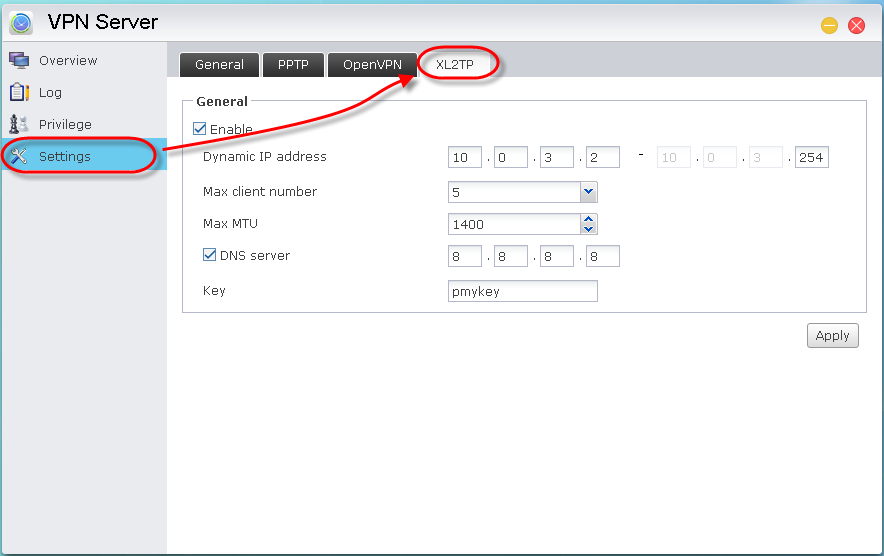- Docker For Mac Vpn Passthrough Extension
- Docker For Mac Vpn Passthrough Tool
- Docker For Mac Vpn Passthrough Download
I've recently taken to using Docker to install and run various softwareon my home server. Something that so far, it excels at - the people atlinuxserver.io are doing great work! I've had a rocky time with Docker inthe past after having had it foisted upon me for development work, which I didnot enjoy, but I can see the benefits for certain situations.

I found myself needing to run the traffic from one particular container(Jackett) over a VPN connection so that it could by-pass country-specificrestrictions. As a noob Docker user, this caused some confusion, but I eventuallystumbled upon the --net parameter to docker create and run.


We will use the most popular Docker image for Open VPN kylemanna/docker-openvpn. For persistence and convenience we need to store our VPN’s private key in a Docker volume, named ovpn-data-family. It is basically a folder that. Once you've signed up and signed in to Docker Hub, get Docker Desktop for Mac. It's got everything you'll need to run Docker in one Mac-friendly installer. Your Mac needs to be running Mac OS Sierra or later, and have at least 4GB of RAM. Networking features in Docker for Mac VPN Passthrough. Docker for Mac’s networking can work when attached to a VPN. Docker for Mac makes whatever is running on port 80 in the container (in this case. HTTP/HTTPS Proxy Support. Following is a summary of current. Install and run Docker Desktop on Mac 🔗 Double-click Docker.dmg to open the installer, then drag the Docker icon to the Applications folder. Double-click Docker.app in the Applications folder to start Docker. (In the example below, the Applications folder is in “grid” view mode.). Jan 26, 2019 Once you've signed up and signed in to Docker Hub, get Docker Desktop for Mac. It's got everything you'll need to run Docker in one Mac-friendly installer. Your Mac needs to be running Mac OS Sierra or later, and have at least 4GB of RAM.
Using this parameter it's possible to tell a container to use the network ofanother. You can run an OpenVPN client container, which will initiate a secureconnection, and configure other containers to use its network. The beauty ofthis setup is that you don't need to learn or manage any complicated ip_tablesrules or any other network configuration, you can just point one container atanother and have the traffic secured.
All I needed now was a suitable Docker image. Eventually, I got lucky andfound an image that supported my exact VPN provider, NordVPN.
Docker For Mac Vpn Passthrough Extension
This is how I created and started the OpenVPN container. Once this was running,a secure VPN connection was established to NordVPN.
Most of these options are standard, but the -p 9117:9117 parameter on line 5needs explanation. This is the port mapping that Jackett uses by default. Whenwe use another container's network it's necessary to expose the port(s) that ourother containers use on the VPN container.
Docker For Mac Vpn Passthrough Tool
And here is how I setup Jackett to use the VPN container. The relevant line is--net=container:vpn. Note that I don't have a -p 9117:9117 line here like Iwould if I was not using --net=container:vpn.
Docker For Mac Vpn Passthrough Download
Now I can access Jackett at http://<host-ip>:9117 and all traffic will be sentthrough the VPN container's network!